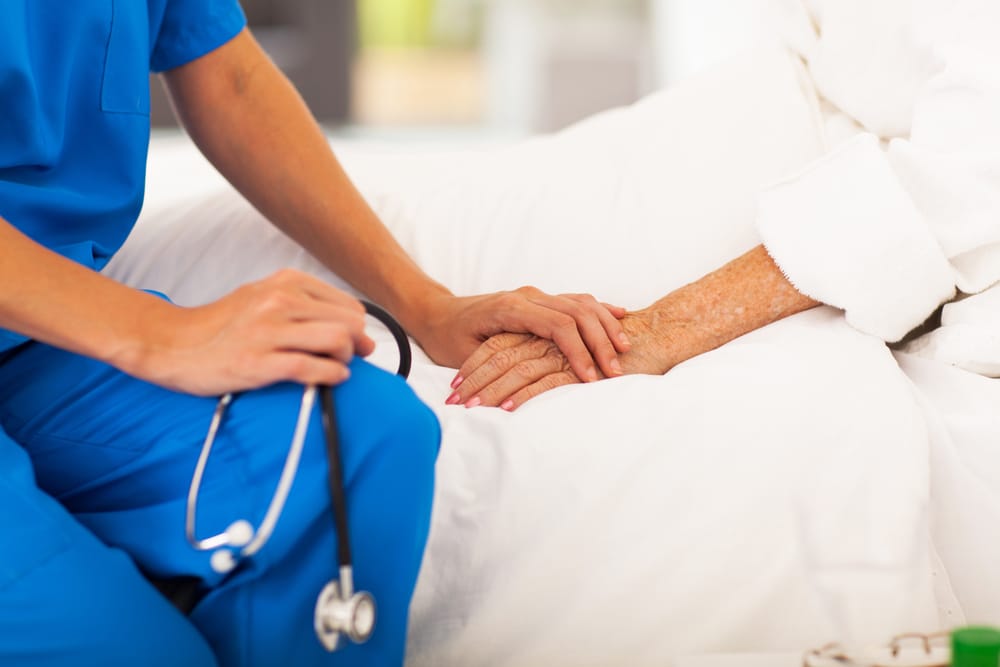The excitement was in the air as my daughter’s college finally announced their make-up graduation plans. It was long overdue and has been the custom in my house, the entire family was going, including my parents and in-laws. This was the first real in-person celebration for our family, like most families we had not celebrated together since the pandemic began. My wife made all of the travel arrangements to go halfway around the country before our parents had the “talk” with us. They wouldn’t be joining us on this celebratory trip.
They went back and forth on how to break the news for over a week, calling and emailing each other on the right decision and then on how to break the news to us. When we finally spoke to our parents, they cried and apologized as if it was their fault -as if they didn’t want to come.
While we were of course sad, we knew it was absolutely the right decision. Even though we are several years removed from the start of COVID, not all of us can return to normal. Older family members and the immunocompromised are still battling for a more normal existence. According to the Mayo Clinic, 81% of COVID deaths are in people 65 and older and the those over 65 with other health complications are at an even higher risk.
This physical risk is only half the story, when we consider the psychological toll COVID has placed on the older population. Fear and anxiety weigh heavily on this group leading to higher stress levels, poor sleep and potential cognitive decline. Cognitive decline is correlated to isolation and has been a focal point of several studies and according to Dr. Salinas in a recent Harvard Health Publication article it could be from a decline in social interaction.
According to Dr. Joel Salinas, a behavioral neurologist and faculty member of the Harvard Center for Population and Development Studies, “Having access to others for emotional support or listening to you seems to have a protective brain health effect — increased levels of brain-derived neurotrophic factor, and reduced risks for dementia or stroke.” Add to this a higher chance of heart disease and stroke and it’s easy to see why solving this isolations issue is so important.
Over 53 million Americans are unpaid family caregivers and are likely faced with these same issues around how to include their older loved ones. Given these real limitations on getting together,the question is how do we ease both the anxiety of COVID and keep them safe? Let’s take a look at some best practices and interesting ideas:
It’s all in the planning
Since the goal is to create a safe and stress reduced event for the older attendees, make sure to include them in the planning stages. Include details like who’s coming, what’s being served, where the event is and length of the event. Make sure to ask what their concerns are and put your loved ones at ease and of course, let them be the determinant of whether they feel safe. The ultimate goal is to provide a safe environment and nobody knows better than them what safe means in their mind.
Limit the number of guests
The risk of contracting COVID increases when socializing with people you don’t live with, according to the Mayo Clinic, so limiting the size of the group is important to older adults from both physical and psychological perspectives. It’s important to consider other factors including whether the venue is indoors or outdoors, are COVID cases spiking, how long is the event and what to do if the weather changes. While these are likely things that you considered previously, they must be looked at through the lens of your older guests, in order to reduce their stress and anxiety leading up to the event.
Virtues of Virtual Events
Technology has played an incredible role in helping our older adults stay connected to the outside world and we should continue to leverage this. While many are comfortable returning to pre pandemic activities, not everyone is. As a caregiver myself, I’ve seen many reluctant family members beg off even smaller get together and we should not only respect that but work to include them in the event when possible. Just because they aren’t there in person, doesn’t mean they don’t want to partake. Schedule a video call with them during that party so they can join in for a little of it. If they’re local, send food ahead of time so they feel included in the event and don’t forget the dessert and party favors. Nobody wants to attend a birthday party and be the person without a hat or noisemaker. Take plenty of pictures and videos and create an online album for everyone to view.
As we settle into the new version of normal, many things are exactly what we remember and other aspects of life seem destined never to return. For many, that list of “never again” activities is driven primarily by the physical and psychological issues associated with age and healthiness. Our older family members are rightly concerned with get togethers but as outlined above there are ways to safely include them. It does take additional time to plan and execute these types of events but think of the reward.








